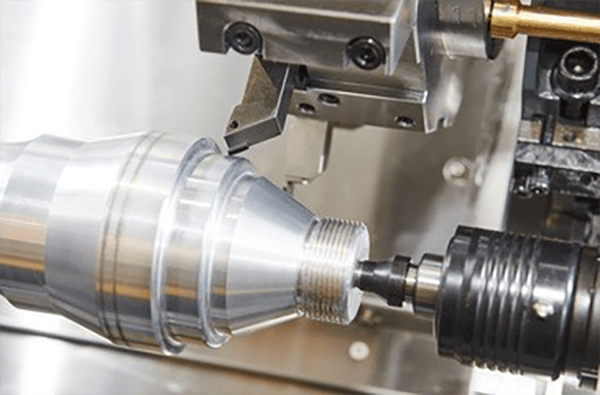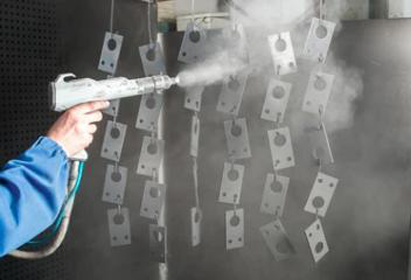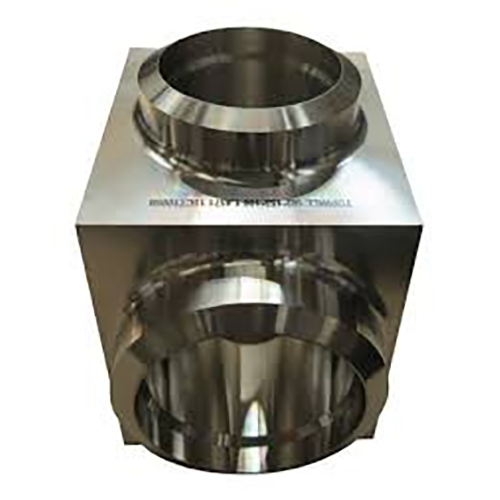
Delivering appointed top-layer smoothness for a manufactured item remains essential.
- Specification callouts prescribe the detailed finish for parts
- Many specifications reference Ra, an average roughness metric, for surface measurement
- Understanding these callouts is fundamental for ensuring manufactured parts meet performance requirements
- Defined surface quality influences lubricant retention, coefficient of friction, and wear resistance
- Understanding the notation correctly yields the desired surface result
CNC Machining and Precision Engineering

CNC machining represents a game-changing method in production via numerical control software the system carves sophisticated geometries with precision.
- Programmed mills and lathes produce top-tier parts across material types
- Multifaceted CNC utility supports electronics, automotive, and aerospace production
- Computerized machining yields consistent replication of parts in series production
From prototyping to mass production CNC machining plays a pivotal role in shaping modern manufacturing
Interpreting CNC Specifications
Making sense of CNC specs can seem confusing on first pass
However with a bit of knowledge and a systematic approach you can easily navigate these technical details
Commence with recognizing main metrics: spindle rpm, feed, precision, work volume, control system
Each characteristic modifies the machine’s effective performance.
By way of example raised spindle rpm benefits soft stocks while boosted feed enhances output.
Recognizing these ties supports choosing machines suited to target production
Remember to consult the manufacturer's literature thoroughly.
Provided manuals commonly contain clarifying information and define jargon
A Guide to CNC Machines: What You Need to Know
Computer numerical control machines denote software-driven tools for precise automated fabrication of many substances Operation relies on parsing G-code directives to manage cutting devices and toolpaths.
- Typical CNC models span milling centers, rotary lathes, CNC routers, plasma tables
- Machining operations fit metal, plastic, wood, and composite workpieces
- Furthermore CNC machines allow for rapid prototyping and low-volume production runs making them valuable assets for small businesses and research centers
Fundamental CNC Machine Concepts
They illustrate synthesis of mechanical precision and computerized control logic Programmable machines execute software-driven fabrication of straightforward components and complex constructions The core idea is converting digital blueprints into tangible parts.
- Automated machine operation
- Software control implementation
It requires coordinated toolpath steps instructed by G-code Machine operators handle parameter selection, process monitoring, and quality confirmation.
Surface Finish Considerations for CNC
Achieving the desired surface finish in CNC machining is crucial It greatly affects the final product's performance as well as its aesthetics The type of material being machined the cutting parameters used and the post-processing operations all contribute to the achieved surface texture.
A polished finish improves wear resistance whereas coarse texture can hinder performance Numerical control machining supplies multiple methods and cutters to obtain target textures.
- Example: altering tool nose radius and flute profile |high-speed steels|speed settings to obtain particular finish
- Additionally finishing processes including polishing and grinding refine texture
Recognizing how feeds, speeds, and tool geometry interact yields optimal finishes.
CNC Basics — Operation and Uses
A precise fabrication technique, it applies computer-controlled machines to produce parts from assorted materials They adhere to programmed code to reproduce complex geometries with repeatable accuracy Knowing programming basics and tool selection secures better machining outcomes
Industry applications include aircraft, automotive, medical, electronics, and beyond From precision engine parts to detailed injection molds, CNC delivers complex products
Notation for Surface Finish on Machined Parts
Exact finish callout is important for CNC component manufacturing It makes sure the product satisfies function and aesthetic demands Engineers generally specify surface quality using the Ra roughness notation Given in microns or thousandths of an inch, the figure measures average surface peaks and valleys.
Take into account target smoothness and how the part will be used when calling out finish

Often a polished surface is selected when precise tolerance and fit are required
By contrast coarser finishes may be useful where additional grip or friction is desirable
Utilize a clear and concise callout in your engineering drawings to communicate the desired surface finish Specify the Ra metric and note any secondary treatments or special machining steps.
Observe that unambiguous finish specifications are vital for manufacturing outcomes
Classification of CNC Machines and Uses
Machine shops deploy varied CNC equipment tailored to many distinct production tasks They pair with CAD software to translate designs into cutting commands for precise fabrication.
- Milling centers craft intricate contours cavities and surfaces by subtractive cutting
- Profiling routers cut complex outlines usually in softer materials
- Waterjet tools cut ceramics composites and metals with no heat-affected zone
Selecting equipment relies on part complexity material properties and tolerance needs Every machine class brings specific strengths that serve sectors like aerospace and automotive.
Obtaining High-Quality Surface Finish with CNC
Securing excellent surface finish plays a key role in production and CNC methods enable that outcome Through tailored feed rates spindle selection and tool design engineers control surface formation and limit imperfections In addition top-grade tooling and adequate lubrication help generate finer surfaces Optimized cutting plans and meticulous setup procedures help achieve premium finishing.
Surface Finish Considerations in CNC Programming
Programming mastery of surface parameters is essential for desired outcomes Combining feed, speed, and tool form strongly affects surface pattern and roughness Meticulous parameter tuning together with suitable coolant use promotes smoother finishes.
- Plus regular inspection and maintenance of tools copyright finishing standards Moreover scheduled tool cnc full form machine maintenance and inspection preserve surface performance Plus regular inspection and maintenance of tools copyright finishing standards
- In order to refine finish consider material, target roughness, and end-use needs
- Virtual simulation provides a way to optimize feeds and speeds before cutting
- Additionally routine tool checks and upkeep maintain consistent finish quality
